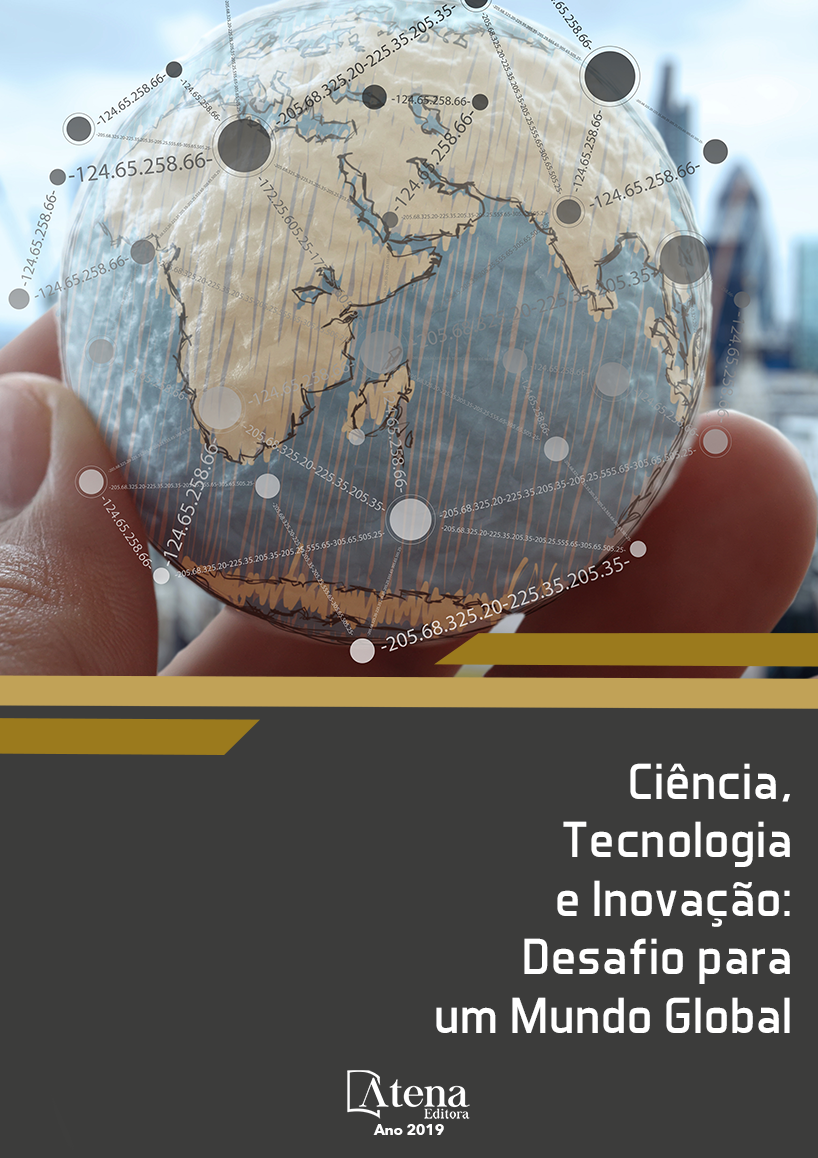
REALIDADE AUMENTADA E APRENDIZADO DE MAQUINA PARA TRACKING NA MANUTENÇÃO INDUSTRIAL: UMA REVISÃO DA LITERATURA
A Realidade Aumentada vem
sendo amplamente adotada pela Manutenção
Industrial, porém as técnicas atuais de tracking
ainda são consideradas pouco confiáveis, e
uma possível solução é a adoção de técnicas
de aprendizado de máquina. Diante do exposto,
o objetivo deste trabalho é caracterizar, de
maneira preliminar, a produção cientifica que
aborda a relação entre o uso de Machine
Learning e Deep Learning para a classificação
e reconhecimento de componentes na indústria
no período entre 2008 e 2018. Através de
uma revisão sistemática foram identificados
14 estudos. Os resultados indicaram uso de
diversas tecnologias e técnicas, os quais
alcançam precisão de até 99,9%, entretanto,
ainda são necessários mais estudos sobre
estas técnicas.
REALIDADE AUMENTADA E APRENDIZADO DE MAQUINA PARA TRACKING NA MANUTENÇÃO INDUSTRIAL: UMA REVISÃO DA LITERATURA
-
DOI: 10.22533/at.ed.0131929075
-
Palavras-chave: Aprendizado de Máquina; Aprendizado Profundo; Tracking; Manutenção Industrial; Realidade Aumentada.
-
Keywords: Machine Learning; Deep Learning; Tracking; Industrial Maintenance; Augmented Reality.
-
Abstract:
The Augmented Reality has been
widely adopted by Industrial Maintenance,
but the current tracking techniques are still
considered unreliable, and a possible solution
is the adoption of Machine Learning techniques.
In view of the above, the objective of this work is
to characterize, in a preliminary way, a scientific
production that addresses a relation between
the use of Machine Learning and Deep Learning
for classification and recognition of components
in the industry of the period between 2008 and
2018. Throughout the systematic review, 14
studies were identified. The results indicated
several technologies and techniques, which
reached an accuracy of up to 99.9%, however,
further studies on these techniques are still
required.
-
Número de páginas: 15
- Rosalvo Matos Neto
- Liz Azevedo
- Ingrid Winkler
- Valter de Senna


